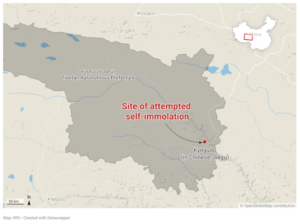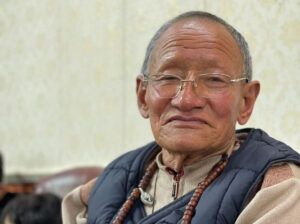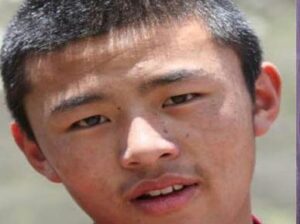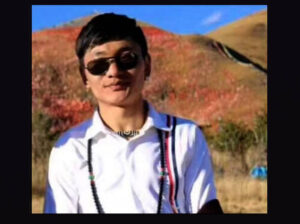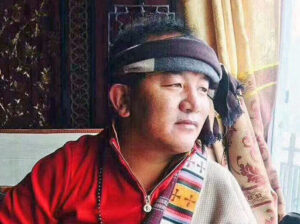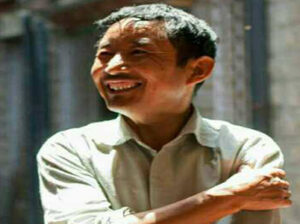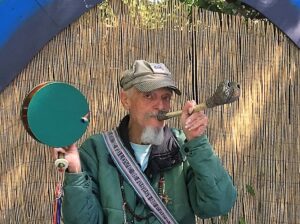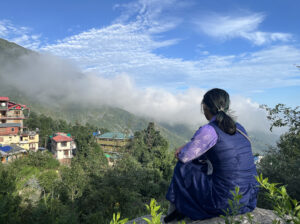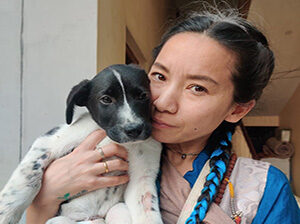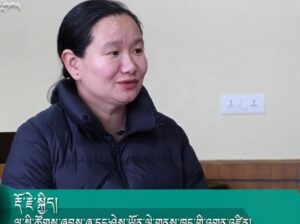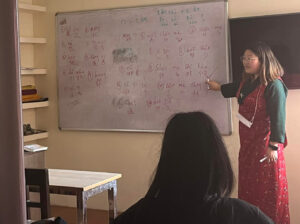“Good afternoon Sir, and welcome! Come into my shop, we will have tea and talk!”
This was my introduction to the man who, in time, became my guide and mentor in all things Indian, my tutor on Kashmiri carpets, and my friend. Of course he wanted to sell me something too, but isn’t that what shopkeepers do?
Now 63 years old, Mr Chapri has lived and worked in McLeod for some 15 years and seen changes in that time.
He is both Muslim and Kashmiri. Maybe, like Tibet and Buddhism, the two are inseparable. Driven from his home state at the age of thirteen by the violence in the years following Partition, he made his way to Delhi where, in time, he set up a successful travel agency guiding tour parties through Kashmir. A resurgence of the old violence caused the collapse of this business and eventually led to his settling in McLeod. “I like this sector” he says simply, “It suits me”.
He agrees when I suggest that he is a refugee of a different kind himself.
And what changes has he experienced during his time here? Ramzan tells of two separate growth periods since his arrival. He was too late to see the changes brought about by the arrival of His Holiness and the first wave of refugees. But he was here when the first westerners began to arrive, when Dharamsala became part of the tourist trail and travelers seeking enlightenment joined the ever-growing throng.
He tells too, of a second wave of growth brought by the Indian Economic Boom. A boom that delivered indigenous migrants from the Punjab and beyond. Though this growth has been good for business, there is a note of wistfulness in his voice as he recalls how things were.
“And the Tibetans” I ask. “They continue to arrive and surely contribute to the growth?”
“Only slowly, slowly” he replies “Many of those that arrived with the Dalai Lama and afterwards have moved to other centres, other cities and other countries in search of education and opportunity.”
When I ask about the diverse community, the different ethnic groups, the various religions and the stream of visitors, he replies that they each have their own customs and practices, and that they keep pretty much to themselves.
However, I notice that when we walk along Temple Road together, he greets and is greeted by members of each group: Kashmiris; local people; Nepalis and Tibetans. Even western foreigners, like me.




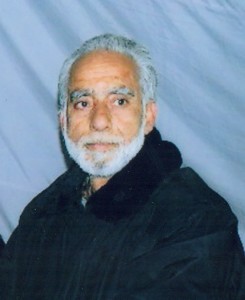
 Print
Print Email
Email